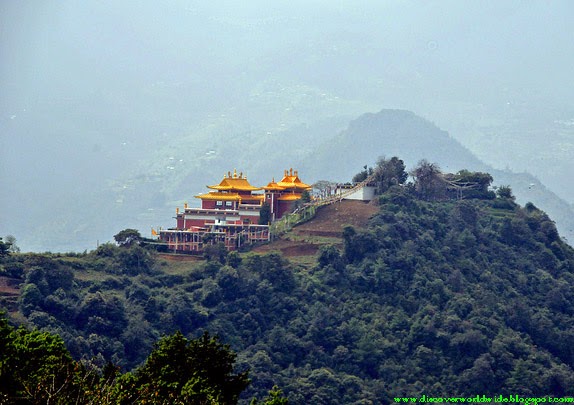Pattaya is a city in Thailand, a beach resort popular with tourists and expatriates. It is on the east coast of the Gulf of Thailand, about 100 kilometres (62 mi) southeast of Bangkok city. The city is in the heavily industrial Estern Seaboard zone. It has a population exceeding 100,000 (2007).
 The
Pattaya Bay Area is one of Asia's largest beach resorts and the second
most visited city in Thailand, after Bangkok. This panorama overlooks
Bali Hai pier and the core of the city. The main sweep of the bay area is divided into two principal Beachfronts. Pattaya Beach is parallel to city centre, and runs from Pattaya
The
Pattaya Bay Area is one of Asia's largest beach resorts and the second
most visited city in Thailand, after Bangkok. This panorama overlooks
Bali Hai pier and the core of the city. The main sweep of the bay area is divided into two principal Beachfronts. Pattaya Beach is parallel to city centre, and runs from Pattaya
Nuea south to Walking Street. Along Beach Road are restaurants, shopping areas, and night attractions. Jomtien
Beach in the southern part of the bay area is divided from Pattaya
beach by the Pratamnak Hill promontory. It consists of high-rise
condominiums, beach side hotels, bungalow complexes, shops, bars, and
restaurants. On weekends, it becomes increasingly crowded, with many
Thai visitors coming from Bangkok. It offers water sports such as jet skiing, parasailing,
and small sailboat hire. The Pratumnak Hill area is gaining in
popularity for its beach as it is a quieter area and it has a lot of new
hotel and condominium resorts in development around the area reflecting
a growing demand.
The main island located 7 kilometres (4.3 mi) from the western shores of Pattaya Ko Larn, or "Coral Island", Mu Ko Phai, the "far islands", The names "near islands", "far islands"
and "Coral Island" are used for marketing purposes only and do not
correspond to any naming conventions of the island groups and are not
shown on maritime charts published by the hydrographic Service of the Thai Navy. Many of the islands have public beaches and offer scuba diving activities.
Night Time
Pattaya has derived part of its reputation as a tourist destination due to the sex industry and the resulting nightlife, and in many ways the city has become what it is now because of this. Prostitution in Thailand is technically illegal but reality shows that it is tolerated as is the case for Pattaya with its vast numbers of host bar, gogo hars, spa, message parlers and hourly hotels, serving foreign tourists as well as locals. This is prevalent in the walking street as well as other areas around the city. Efforts have of late been made to clean up the city's image.
Pattaya also has Asia's largestgay scene based around Boyztown and Sunee Plaza. The city is also famous for its flamboyant latjoev canaret shows where transdexual and transgender entertainers perform to packed houses.
































